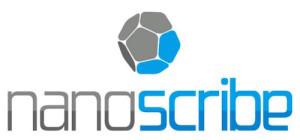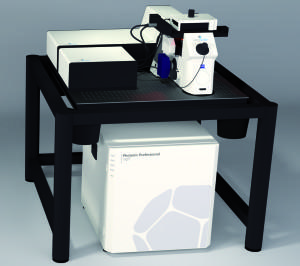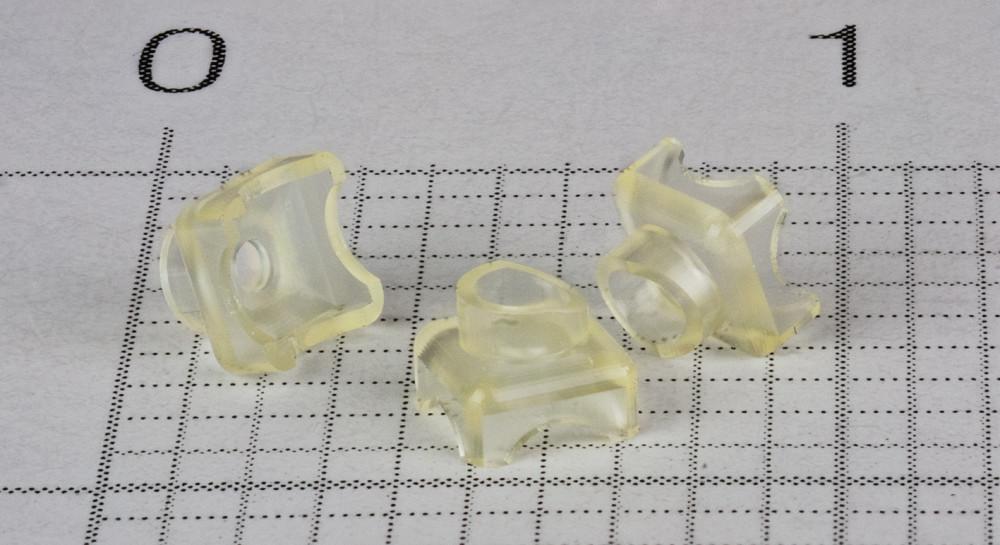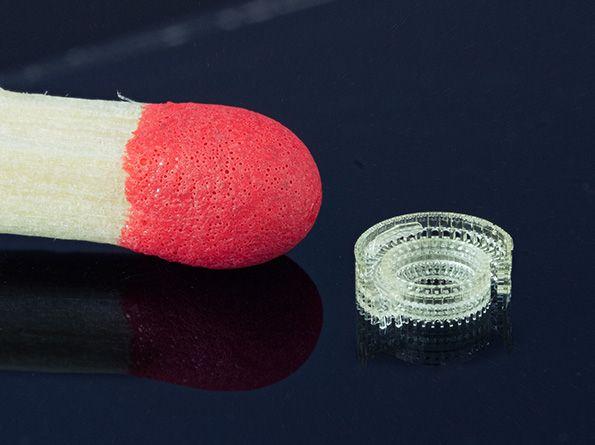 Despite what the smartphone wars tell us, the trend of making things smaller has been almost continuous since the very first electronics were developed. It just makes sense to make things smaller; it allows them to be more portable, and on some level even more durable and damage-resistant. Advances in consumer products like digital cameras and various varieties of sensors have given designers the option to dramatically shrink many of those components. Sadly, it seems almost faster than the technologies used to manufacture those tiny parts can actually keep up. Current rapid prototyping technologies are simply incapable of keeping up with shrinking micro-optical elements like lenses or lens arrays and are unable to produce parts with a high enough resolution to work properly.
Despite what the smartphone wars tell us, the trend of making things smaller has been almost continuous since the very first electronics were developed. It just makes sense to make things smaller; it allows them to be more portable, and on some level even more durable and damage-resistant. Advances in consumer products like digital cameras and various varieties of sensors have given designers the option to dramatically shrink many of those components. Sadly, it seems almost faster than the technologies used to manufacture those tiny parts can actually keep up. Current rapid prototyping technologies are simply incapable of keeping up with shrinking micro-optical elements like lenses or lens arrays and are unable to produce parts with a high enough resolution to work properly.

Photonic Professional GT High-resolution 3D printer for the fabrication of micrometer and mesoscale structures
Unfortunately the inability to prototype at that small of a scale makes the design and manufacturing of micro-parts quite expensive, often prohibitively so. The inability to pace manufacturing technologies with miniaturized technology actually slows down the advancement of new, vital technologies. Thanks to recent advancements in 3D printing technology from companies like Nanoscribe that is rapidly changing. The German company’s Photonic Professional GT 3D printer is a state-of-the-art ultra-high-resolution laser lithography 3D printer that is capable of layer thicknesses and detail sizes well below 1 micrometer.
The Nanoscribe technology is essentially a micro-scale laser that 3D prints three dimensional constructs, almost like a very small pen, only it writes in photosensitive material at the nanoscale. The process is very similar to direct laser writing but the Nanoscribe process is capable of much more detail and precision. Primarily because of the near infrared laser, which is pulsed by the femtosecond so polymerization only occurs at the targeted area. Due to this pulsing, the photoreactive materials will not also harden along the entire path of the laser, providing an astronomical jump in fine detail and precision.
The laser beam itself has a computer-controlled beam guidance system that translates a 3D CAD model directly into 3D structures of almost any complexity at any scale. Essentially it can fabricate microstructures as small as 500 nanometers, including those with complex geometries and support structures, at extremely high resolutions. The 3D printing technology that Nanoscribe developed has allowed sub-micron parts to be fabricated with geometries and internal structures that would be completely impossible to create using standard micro-scale manufacturing techniques.
One of the most innovative uses for the Photonic Professional GT system is micro rapid prototyping. The Nanoscribe system has a much higher resolution than micro-stereolithography, so it opens up micro-prototyping to entirely new industries at scales that were previously unreachable. While developers of products are in the prototyping phase of the typical development cycle for something like a micro-optical system, it is often nearly impossible to fully visualize the final configuration. The ability to rapidly prototype elements for applications like lens holders or mounts for miniaturized optical systems can dramatically reduce both the production cost and the development time of these high tech products. That means optical technology can be produced cheaply, sold for lower prices and used in new and innovative products.
Nanoscribe is a world leader in the development and manufacturing of 3D printing technology that is capable of working at the nano, micro, and mesoscale. Their two-photon polymerization 3D printers are used throughout the research and scientific community, as well as manufacturing and industrial fabrication companies of all kinds. Their technology is regularly used to fabricate micro-optical components and microfluidic elements like filters or mixers on microfluidic chips. It is also used to demonstrate photonics, printing highly functional mechanical microstructures and the construction of cellular scaffolding and biomimetics. You can find out more over on the Nanoscribe website. Discuss in the Nanoscribe 3D Printer Technology forum over at 3DPB.com.
Subscribe to Our Email Newsletter
Stay up-to-date on all the latest news from the 3D printing industry and receive information and offers from third party vendors.
You May Also Like
3D Printing Financials: Fathom Struggles in Financial Quicksand During Critical Transition
Facing a year of key transitions and financial pressures, Fathom (Nasdaq: FTHM) has filed its annual report for 2023 with the U.S. Securities and Exchange Commission (SEC). The document outlines...
Latest Earnings Overview for Australian 3D Printing Firms Titomic and AML3D
Australian 3D printing manufacturing firms Titomic (ASX: TTT) and AML3D (ASX: AL3) reported their financial results for the period from July to December 2023, marking the first half of their...
3D Printing Webinar and Event Roundup: April 7, 2024
Webinars and events in the 3D printing industry are picking back up this week! Sea-Air-Space is coming to Maryland, and SAE International is sponsoring a 3D Systems webinar about 3D...
3D Printing Financials: Unpacking Farsoon and BLT’s 2023 Performance
In the Chinese 3D printing industry, two companies, Farsoon (SHA: 688433) and Bright Laser Technologies, or BLT (SHA: 688333), have recently unveiled their full-year earnings for 2023. Farsoon reported increases...






































